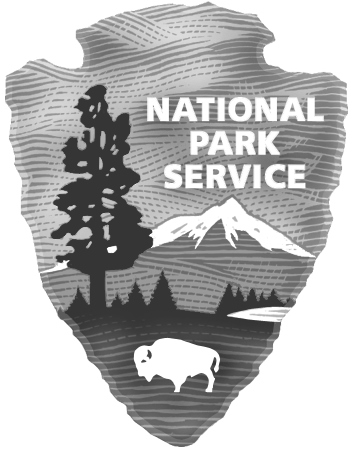Many students do not realize the extension of the Civil War and its impact on western settlement, and especially its impact on Native Americans. In Colorado, 1865, the US Cavalry attacked a peaceful settlement of Cheyenne and Arapahoe Indians. In 2007, George W. Bush designated this massacre site a National Park and monument. It is one of the few dark episodes of American history that have been thus memorialized. The students will examine primary sources and the account of the incident to understand what happened here and evaluate whether it deserves a spot in our American memory.
Memory: Sand Creek Massacre
Memory: Sand Creek Massacre

Location
Type of Landmark
Topics
Learning Objectives
- Students will be able to analyze historical accounts by reading primary sources of witnesses of the massacre.
- Students will be able to evaluate primary sources to determine historical site.
- Students will examine the making of American memory and determine why events are included or left out of that memory.
Materials
Primary Source Analysis Worksheet
The Horrific Sand Creek Massacre Will Be Forgotten No More from Smithsonian Magazine
Documents on the Sand Creek Massacre from PBS's New Perspectives on the West, includes editorials and testimonies
Suggested Instructional Procedures
1) Introduce students to the story of Sand Creek, and the creation of a National Historic Site through the Smithsonian Article.
2)Then have students read newspaper editorials about the events. Students also should read the two accounts of the massacre, testimony from John S. Smith, and testimony from John Chivington.
3)Citing examples from these two accounts students will use this worksheet to evaluate the claims these sources are making.
4) Have students share their findings in small groups. Have the students add one or two pieces of evidence from other group members to total 5-7 pieces of evidence to support their assessment of each man’s perspective
5) Then raise this class discussion: Is this event worthy of designation as a National Monument?
Vocabulary
Cheyenne: A Native American tribe that occupied the area known today as Minnesota during the period of first contact with Europeans. They moved west during the 18th century occupying North and South Dakota and adopted a culture based around a new resource in the region, horses.
Arapahoe: A Native American tribe that occupied the plains of Colorado, they were close allies of the Cheyenne tribe.
Cavalrymen: A soldier in a ground army that was proficent in fighing on horseback. These soldiers were far faster and more mobile than regular infantry units and were typically used to flank the enemy, perform reconaissance, or hold areas that did not have substantial infantry formations in the area. They were heavily used by the U.S. Army during the period of western expansion against Native Americans.
Massacre: When a large group of defenseless victims are killed.
End of Lesson Assessment
Using the available resources, personal knowledge of geography, history, economics, and history, have students craft an argument to answer the prompt. "Please answer on your own paper, in essay format, with proper paragraphing. You have one class period to complete the assignment."
Prompt: After reading about the Sand Creek Massacre and the primary source accounts, do you think that the massacre site should be a historical aite and part of our American memory, or do you think that it is best leaving episodes like this in the past?
See Rubric for instructions regarding evaluation.
Background Material for Teacher
For background information, look at the PBS introduction to the primary source articles, and the Smithsonian story about the creation of the Sand Creek National Historic Site.
Subject
Grade Level
Duration of Lesson
Common Core Standards
Author
Cristina Berrett-Braun, Middle School Teacher, Colorado.
Funders/Sponsors
Cultures of Independence has been made possible in part by a major grant from the National Endowment for the Humanities: Celebrating 50 Years of Excellence
Any views, findings, conclusions, or recommendations expressed in this website or during the institutes, do not necessarily represent those of the National Endowment for the Humanities.
Additional funding is being provided by Wells Fargo through HEAD for the Future, its partnership with HSP, and by Independence National Historical Park.


Attention Teachers!
Let us know how you used this plan and be featured on our site! Submit your story here.
